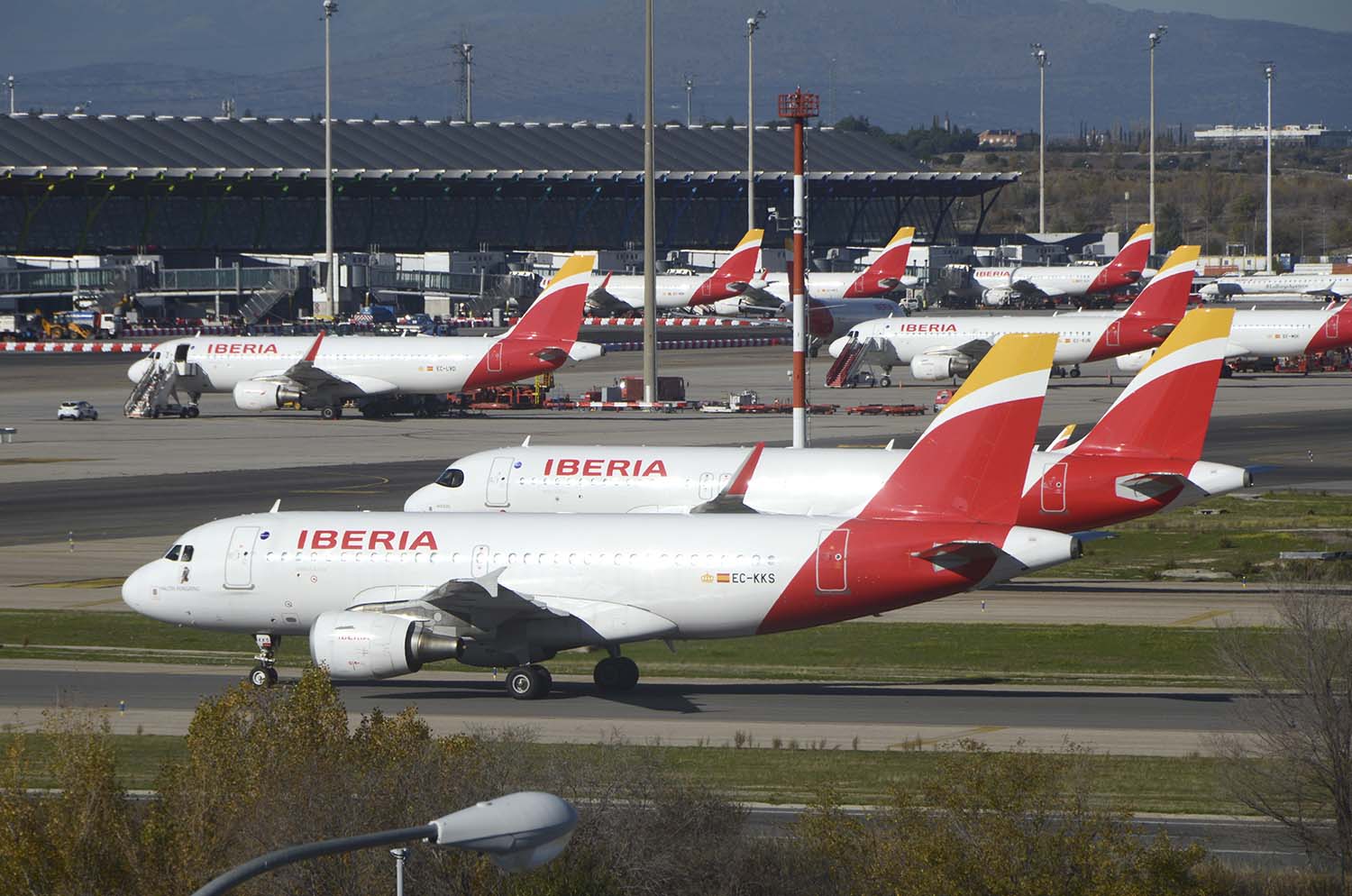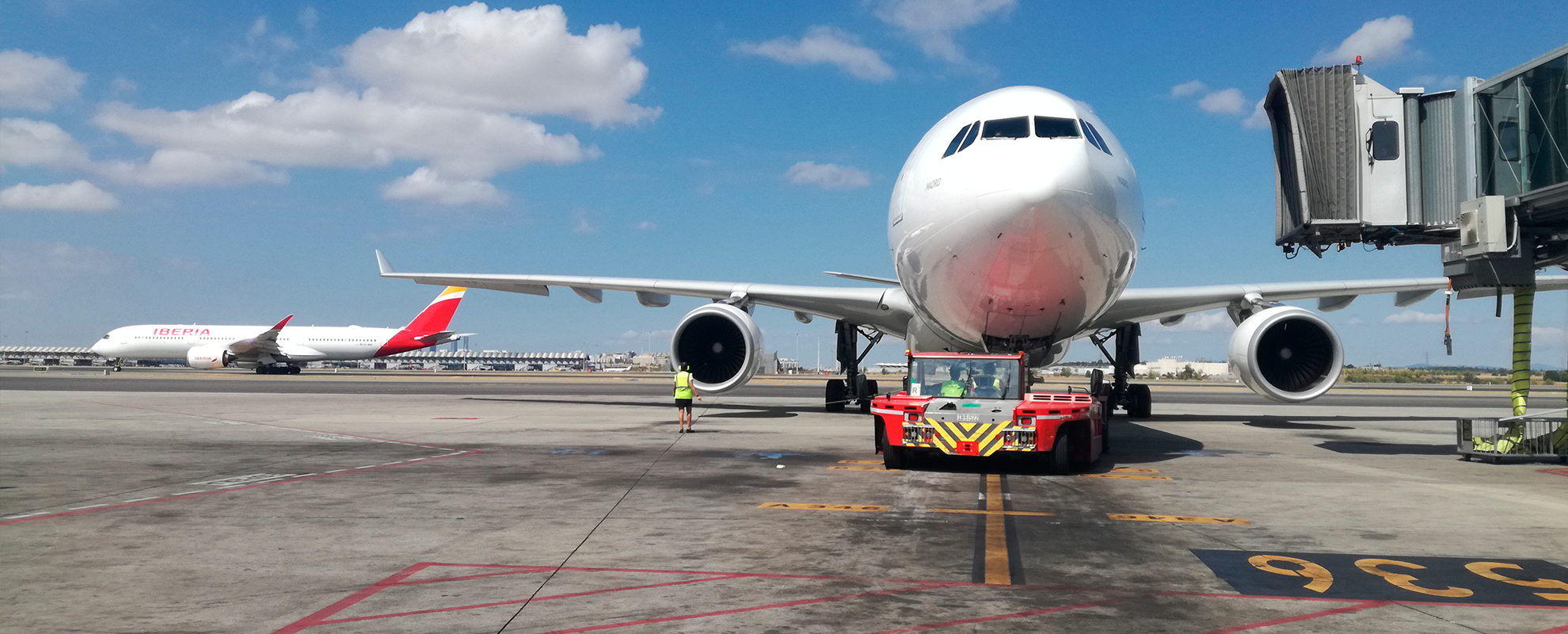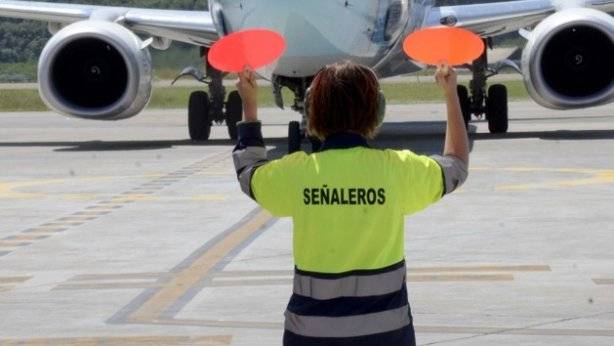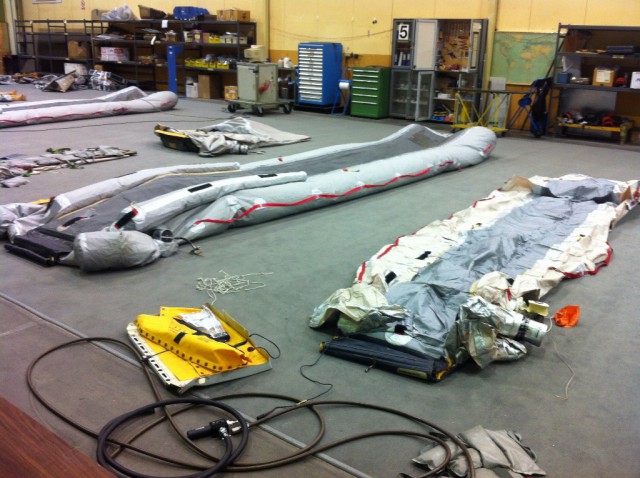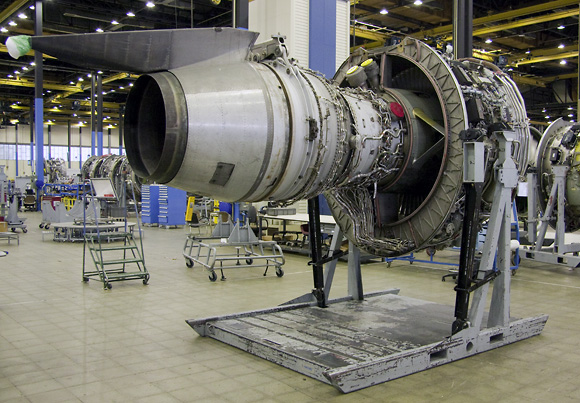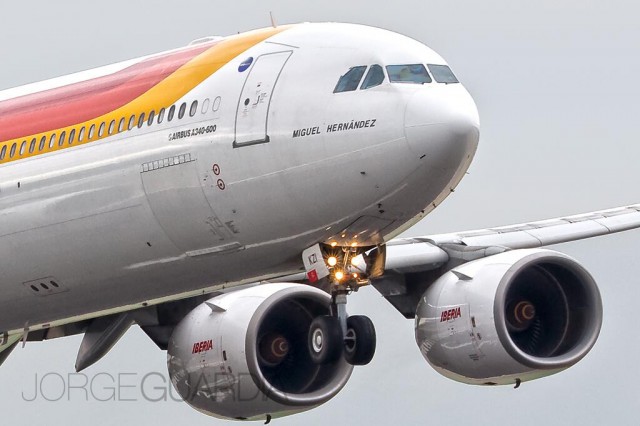You get on the plane and while you listen to music, read a book or rest, there are messages that are heard through the loudspeaker. Often these messages have to do with each phase of the flight of the plane that takes you from your holiday or work destination to home (or vice versa). Today we are going to learn about each of these phases a little more in depth and also about which professionals contribute to each one.
Taxiing: Aircraft Movement on the Runways
OK, you've just boarded, everyone
